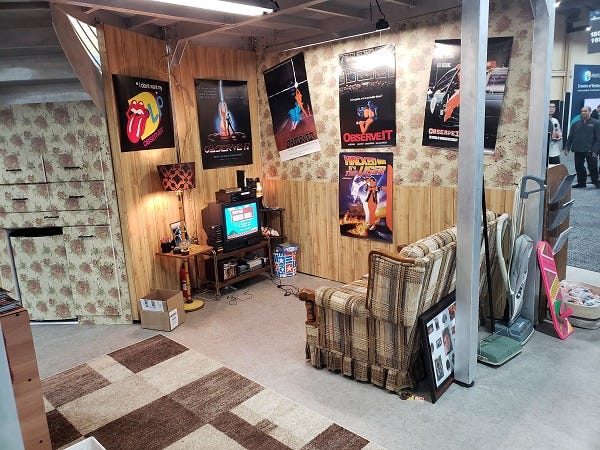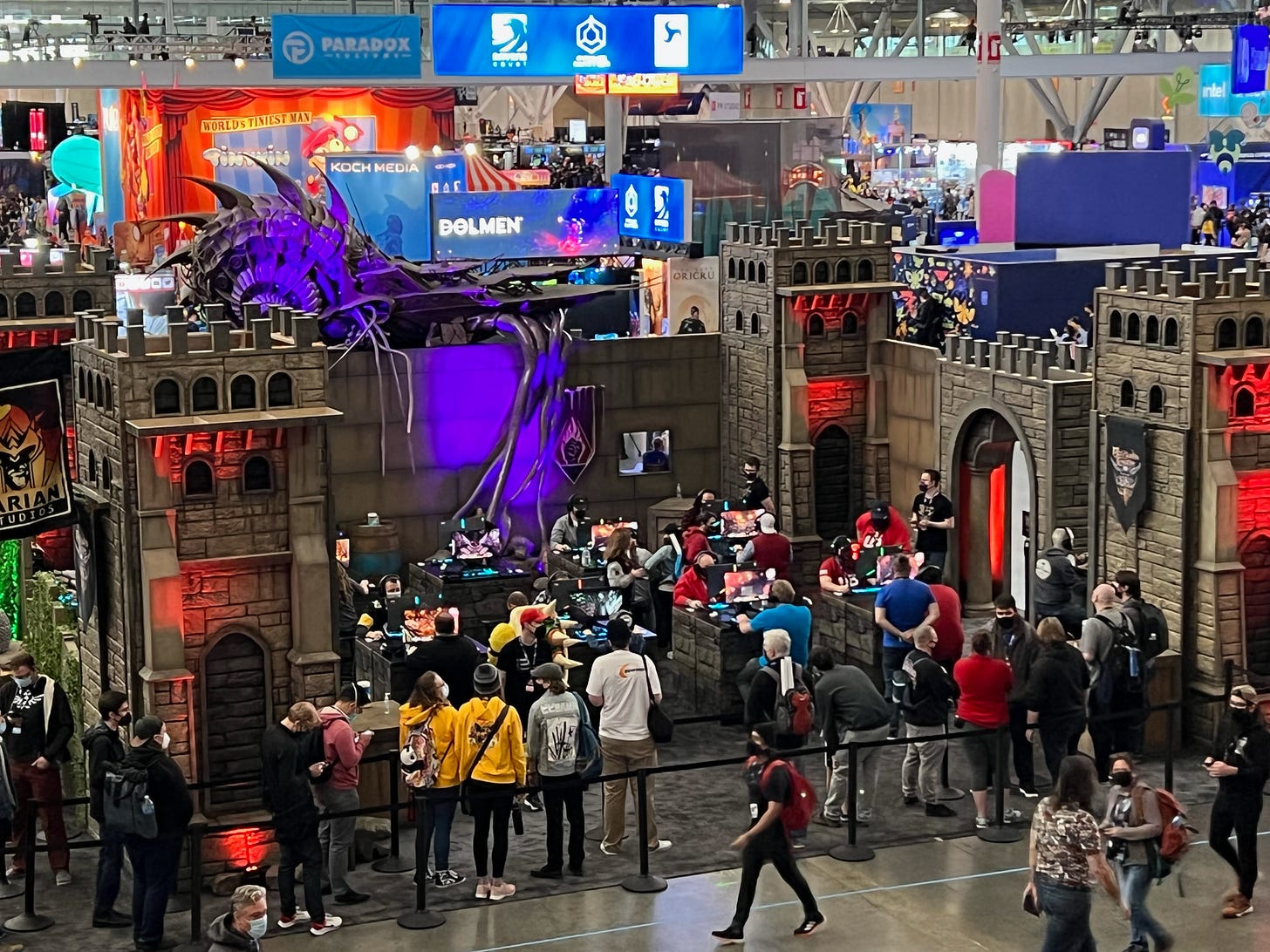My professional career has largely been spent speaking about the virtues of new technology to audiences that are not entirely familiar with them in a way that is accessible and empirically-grounded. It’s not a bad way to make a living, particularly when the more recent focus has been (obviously enough) on video games - be it those that enjoy them, the technology that surrounds them, or the complicated businesses that create them. Speaking engagements or interviews are then a regular part of the job, with perhaps a new watermark for broader interest in the intersection of gaming and marketing set by a recent interview I had with the Wall Street Journal.
My enjoyable conversation with WSJ reporter Katie Deighton was distilled into a sentiment that has been well-worn amongst those talking about video games to businesses outside of the industry: video games are not just the domain of young boys in their parent’s basement.
I have a love/hate relationship with this analogy (and yes, the fact that my breakout quote in one of the most hallowed business publications on the planet landed on this example is not lost on me). We’re to the point of overusing it - the same general sentiment was expressed in a variety of permutations during the IAB Playfronts referenced in the article, an event explicitly designed to close the gap between marketers and the gaming world.
The reality is that the statement is overused because it’s true: Video games aren’t just played by young men living with their parents, indulging in a form of entertainment not even fit for the lived-in floors of the stereotypical suburban home. It's a misconception that has long out-lived the relatively short period where game companies were designing and marketing games exclusively to young men.
We keep talking about these fictional kids in the basement because many believe that the broadness of the gaming audience, and the opportunities the scale of this audience entails, hasn’t completely sunk in with those unfamiliar with the industry. This is true in some respects, though belies a larger issue that is quickly emerging: A broad audience may not be a compelling enough story. As much as the opportunity in gaming is large in the absolute sense, it comes burdened with caveats that necessitate a clearer and more definitive “why” brands should engage.
In some respects, the diversity of presentations during the Playfronts can be seen as chipping away at this “why.” Some via hand-wavey proclamations of the importance of the metaverse, others by explicitly connecting the power of the attention that video games command to meaningful outcomes for advertisers. For my part, I talked about the influence gaming has on how we onboard technology into society, and how generational effects have situated gaming as all day media that increasingly interacts with other consumer media choices.
I’ll admit this point leans dangerously close to academic (as I’m likely to do), but the intention was to both speak about gaming in the language of marketers while also moving the conversation forward (beyond the basement!) by stressing the importance of understanding immersive media in the modern marketing landscape. Common language is useful, and In some respects playing a video game is merely another form of media. In others it is a very human way that we relate to technology that is uniquely immersive, affective, and participatory.
There lies the next mountain to climb. While the myth of the kids in the basement is being addressed in massive industry events and the venerated pages of the WSJ, the complexities of advertising in immersive media (spread across a vast ecosystem complete with multiple technological touchpoints) is quite orthogonal to how your typical media planner works. Understanding the size of the prize is just the first step, quite a bit more work needs to be done to present opportunities that are not only acceptable to the design, fiction, or surrounding experience of the game, but also lower the barriers of entry to make the “why” a slightly less thorny question.
And yet, I’ll argue it is a worthwhile challenge. Shortly after the Playfronts I was at PAX East in Boston (it was a busy few weeks, including a marathon somewhere in between). I’m quick to distinguish between “gamers” and “gaming fans” - the concept of “gamers” is rooted in the same societal biases and misconceptions that have perpetuated the myth of the basement, but with a bit more truth to it. “Gamers” are folks who don’t just play games, but incorporate playing video games into their identity. If you want to find folks that fall into this category, you could do much worse than PAX (a truly fan-oriented gaming convention).
And while I didn’t see much evidence towards overturning stereotypes about gaming being a geeky pursuit at its extremes (again, no judgment, I was there as a fan, not in any professional capacity), what I did not see was a majority of male-presenting attendees. I saw fans young and old - I’d even go so far as to emphasize the old, though that may in part be an abstraction from some combination of old-school Penny Arcade fans and the fact that the really young could not attend given strict vaccine requirements (I was heartbroken to see a family cosplaying as the entire Super Mario crew turned away for this reason).
However, it wasn’t just the demographics represented which struck me - what I mostly saw were a group of folks who really, really loved gaming and the community around it. This makes entry into pockets of this community that much more harrowing for marketers, while also being entirely the point - gaming has both immense scale and deep resonance with its fans. Even if marketers are unable to engage with gaming in its current form as easily as other forms of media, understanding the contours of the current landscape has much to offer, when approached in a way that makes sense. At a minimum I can promise the messages will reach beyond the basement.






